Ranked: The best and worst GPUs ever made
AMD and Nvidia’s highest highs and lowest lows
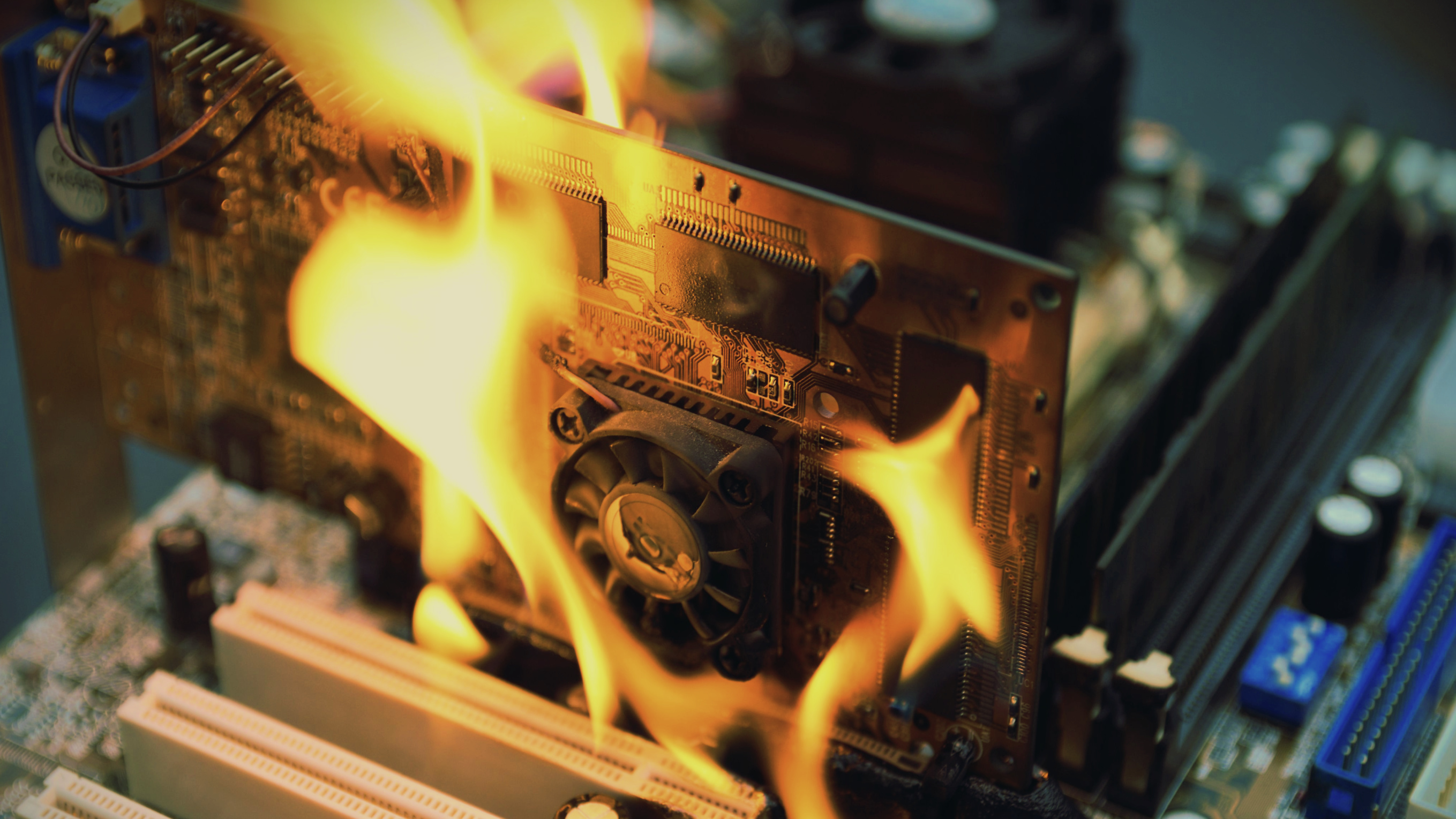
Let’s be honest: the past few years have been pretty awful for people who want to buy a new graphics card. While the GPUs that Nvidia and AMD have been putting out have on the whole been pretty great – with many of them adorning our best graphics cards list – getting hold of them has been tough, with a cryptocurrency boom and global chip shortage creating a perfect storm that has led to sky-high prices and stock selling out before most people can get hold of one.
The good news is that things seem to be calming down, with stock levels climbing and prices falling to more sensible levels. Later this year, Nvidia is expected to launch its RTX 40 series ‘Lovelace’ GPUs, including the RTX 4080 and RTX 4090, though a recent rumor suggests that the launch may be delayed. Sigh.
AMD is also expected to launch a new generation of GPUs, based on its RDNA 3 architecture, which will possibly be known as AMD Radeon RX 7000 series graphics cards. Intel is also entering the desktop GPU market with its Intel Arc Alchemist devices, though we’re hearing some mixed things about their performance.
Still, 2022 could finally be an exciting time for graphics card fans and PC gamers, so while we wait for these new GPUs land, let’s look back at some of the highs and lows of the last 30-odd years of graphics cards.
The best graphics cards ever made
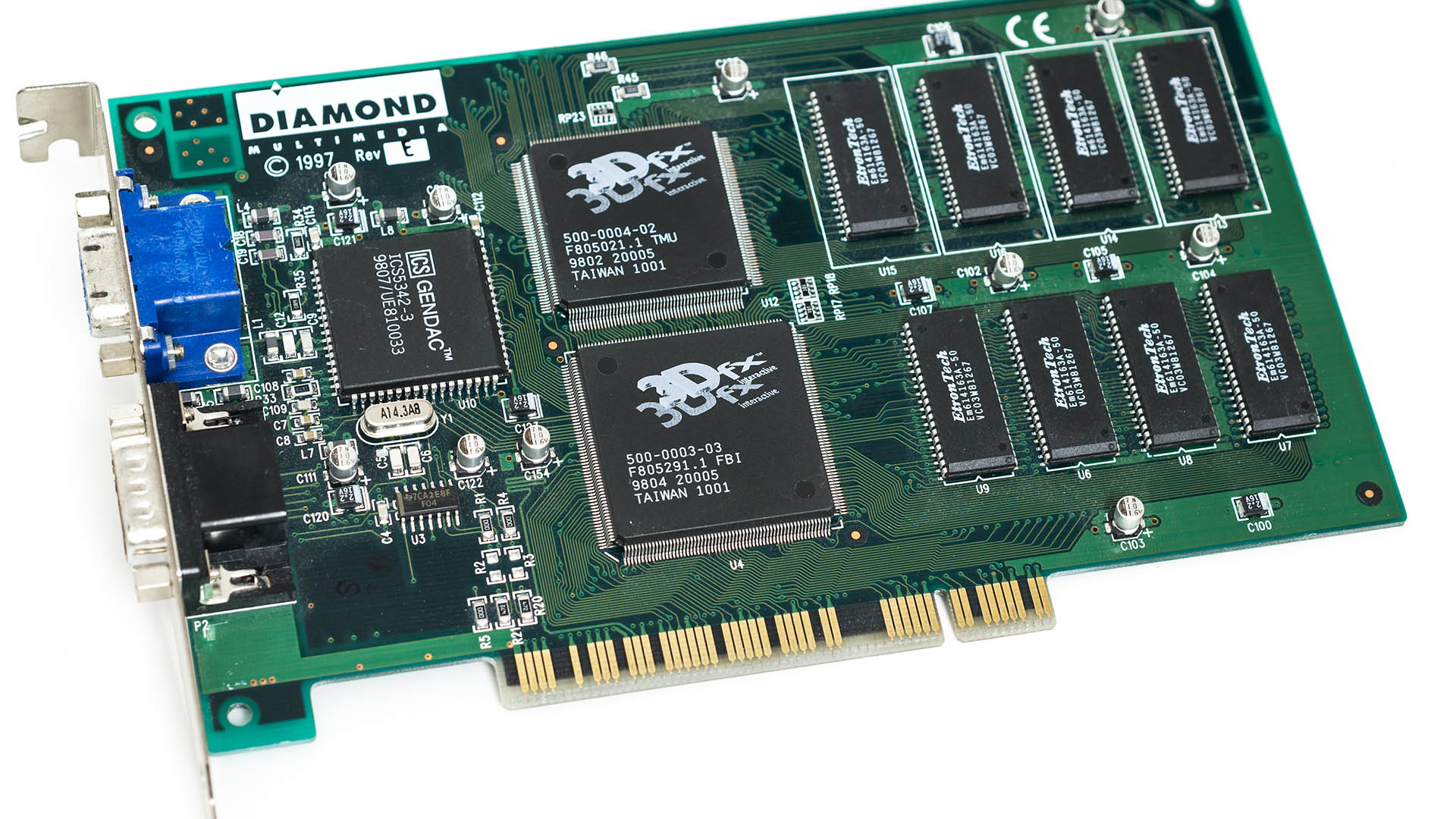

1. 3dfx Voodoo
Specifications
If you were a PC gamer in the ‘90s, salivating over graphically-intensive games like Quake and Unreal, then the 3dfx Voodoo is probably seared into your memory. You either had one, lording it over your friends, or you desperately wanted one.
It’s probably the first iconic GPU, and while the specs now seem pretty quaint – a clock speed of 50Mhz and a max resolution of 800 x 600 – at the time, this was a mind-blowing graphics card.
Sadly, 3dfx is no longer with us, but its impact on PC gaming is legendary.
Get daily insight, inspiration and deals in your inbox
Sign up for breaking news, reviews, opinion, top tech deals, and more.
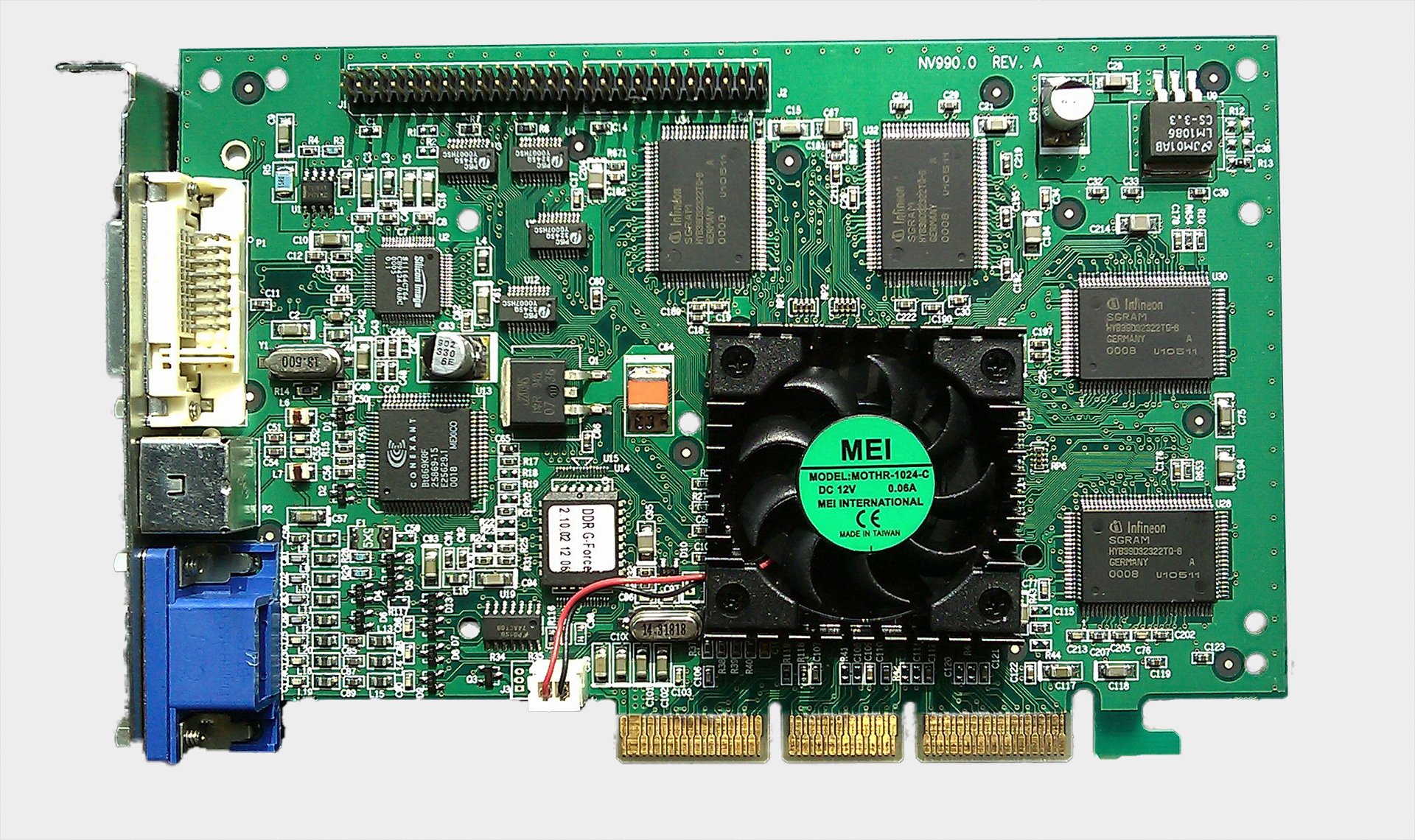
2. Nvidia GeForce 256
Specifications
It’s safe to say that the Nvidia GeForce 256 was a landmark card, firmly establishing Nvidia as a force to be reckoned with in the GPU world. It was Team Green’s first GPU to come with the ‘GeForce’ name, and over 20 years later, it’s still being used.
It was also a single-chip graphics processing unit, with many people (especially Nvidia) considering it the progenitor of modern GPUs as we know them.
With a core clock of 120MHz and 32MB or memory, this Direct3D 7 card offered an amazing upgrade for PC gamers, with lighting effects in particular becoming ever more impressive.
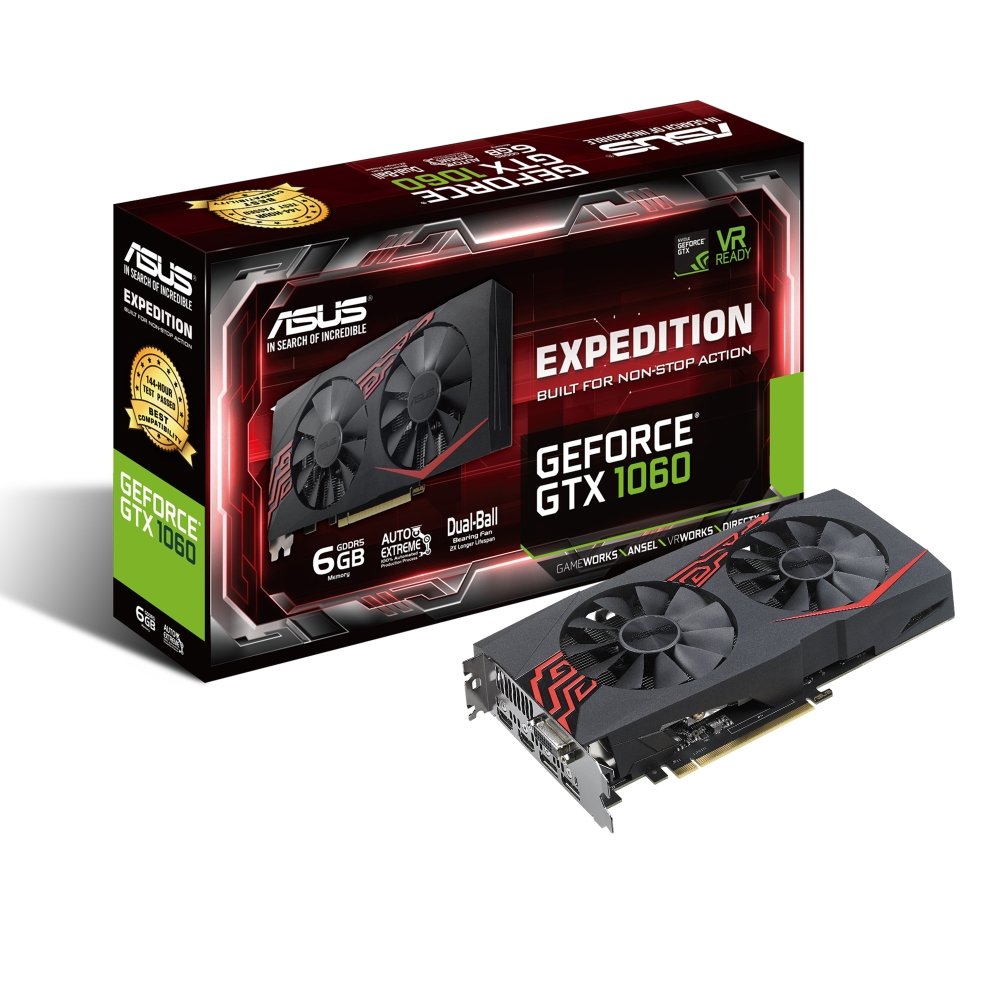
3. Nvidia GeForce GTX 1060
Specifications
What a leap 17 years makes in the GPU world. The Nvidia GeForce GTX 1060 was released eight years ago, but it’s still the most popular GPU in the world, at least according to Steam Hardware Surveys.
It’s little surprise, however, that people are still clinging onto it. The fact is, this cheap GPU, which launched at an incredible $249, punched above its weight back then, and it means you can still play modern games on it, though you need to dial down the settings. For popular games like World of Warcraft and CS:GO, this remains a fine performer.
Nvidia has never managed to capture the success of the GTX 1060 since, with its successors, the RTX 2060 and RTX 3060 launching at ever higher prices. We may never see this potent mix of power and value for money again in GPUs.
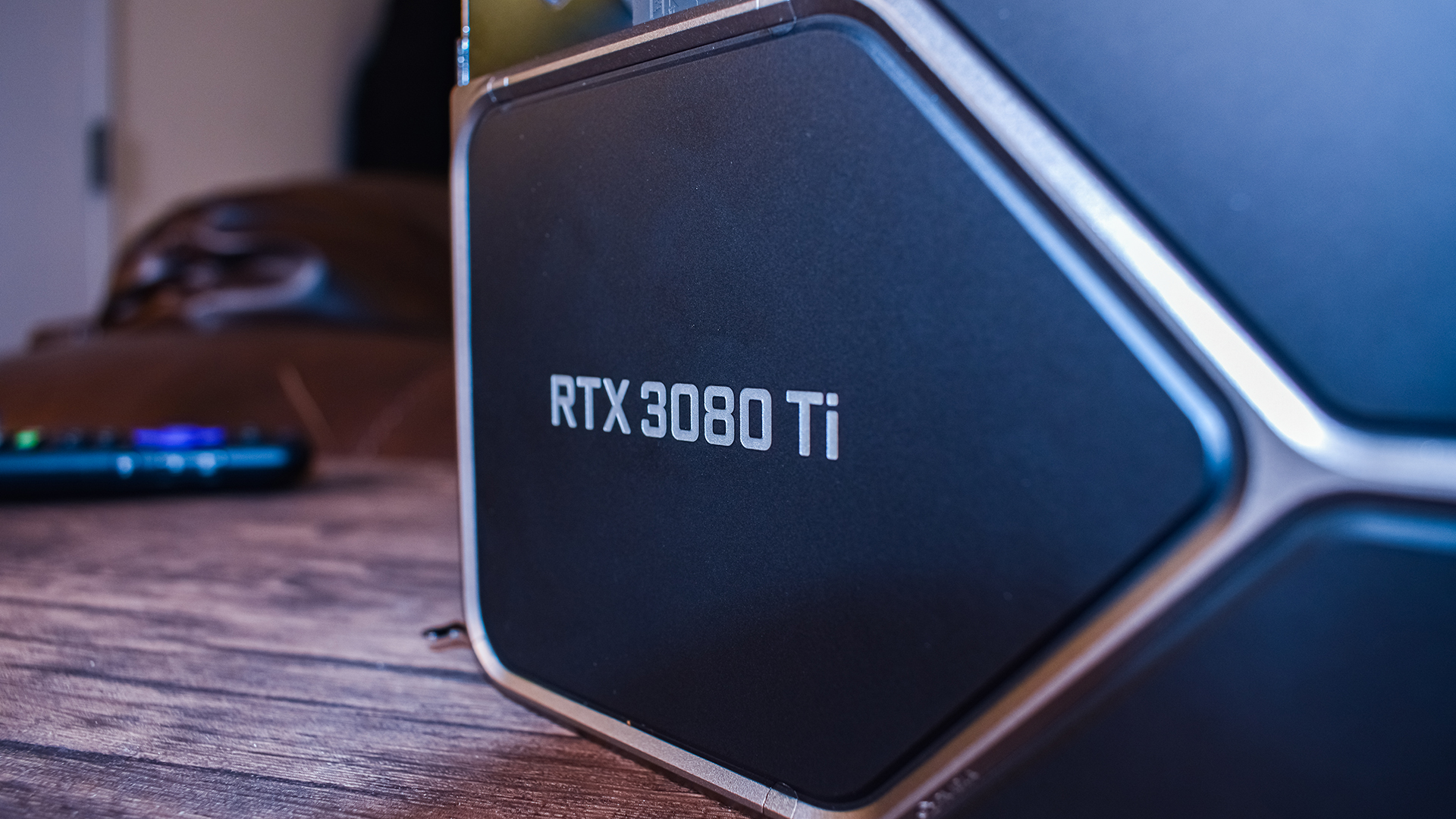
4. Nvidia GeForce RTX 3080 Ti
Specifications
If you want the most powerful graphics card in the world right now, then you’ll either need to go for the Nvidia GeForce RTX 3090 Ti or RTX 3090. However, those two cards don’t offer a huge amount of value for money, being extremely expensive and offering specs that most PC gamers don’t really need.
That’s why we’ve put the Nvidia GeForce RTX 3080 Ti here. Sure, it’s still pricey (what GPU isn’t these days?), but it’s less expensive than the 3090 cards and is the same size as the RTX 3080, which makes it easier to install. Crucially, however, it offers incredible gaming performance, and isn’t that far off the RTX 3090 unless you start going into silly resolutions like 8K.
For 4K gaming, however, this currently is the card to get – if you have the cash.
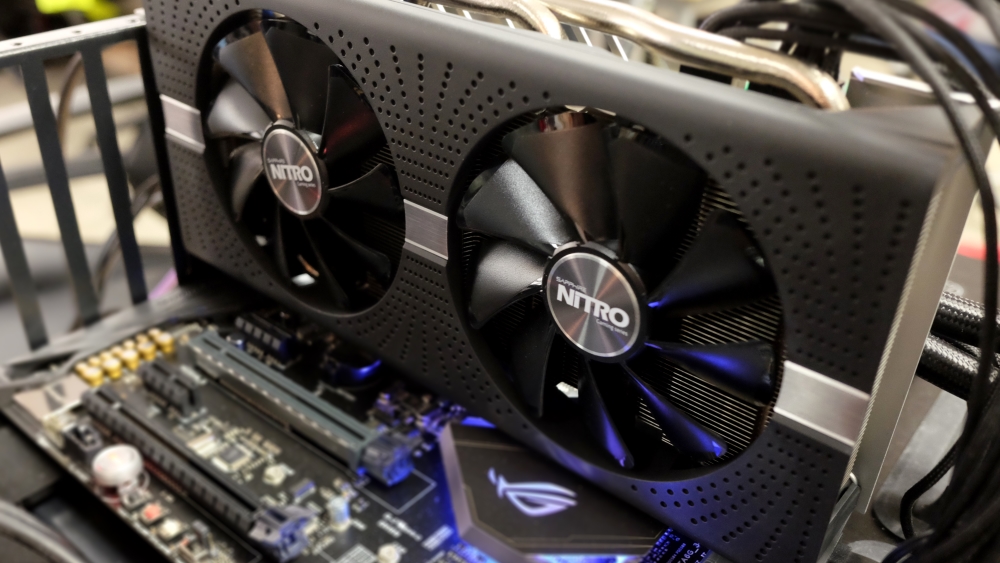
5. AMD Radeon RX 580
Specifications
While AMD has been putting out some great GPUs, it’s not quite matched Nvidia when it comes to iconic and impressive graphics cards.
Instead, AMD GPUs offer far better bang for your bucks, and are brilliant alternatives for people who think Nvidia’s GPUs are overpriced. The AMD Radeon RX 580 is arguably the pinnacle of AMD’s price vs performance strategy, offering gamers on a budget a brilliant card that was able to run games as well as more expensive cards from Nvidia.
The budget GPU market was often neglected by Team Green, and that allowed AMD to lead, cannily realising that not everyone can afford an expensive GPU, but that shouldn’t mean they have to put up with poor performance.
It may not be flashy or exciting, but the AMD Radeon RX 580 made PC gaming more accessible for many people, and for that, we salute it.
The worst graphics cards ever made
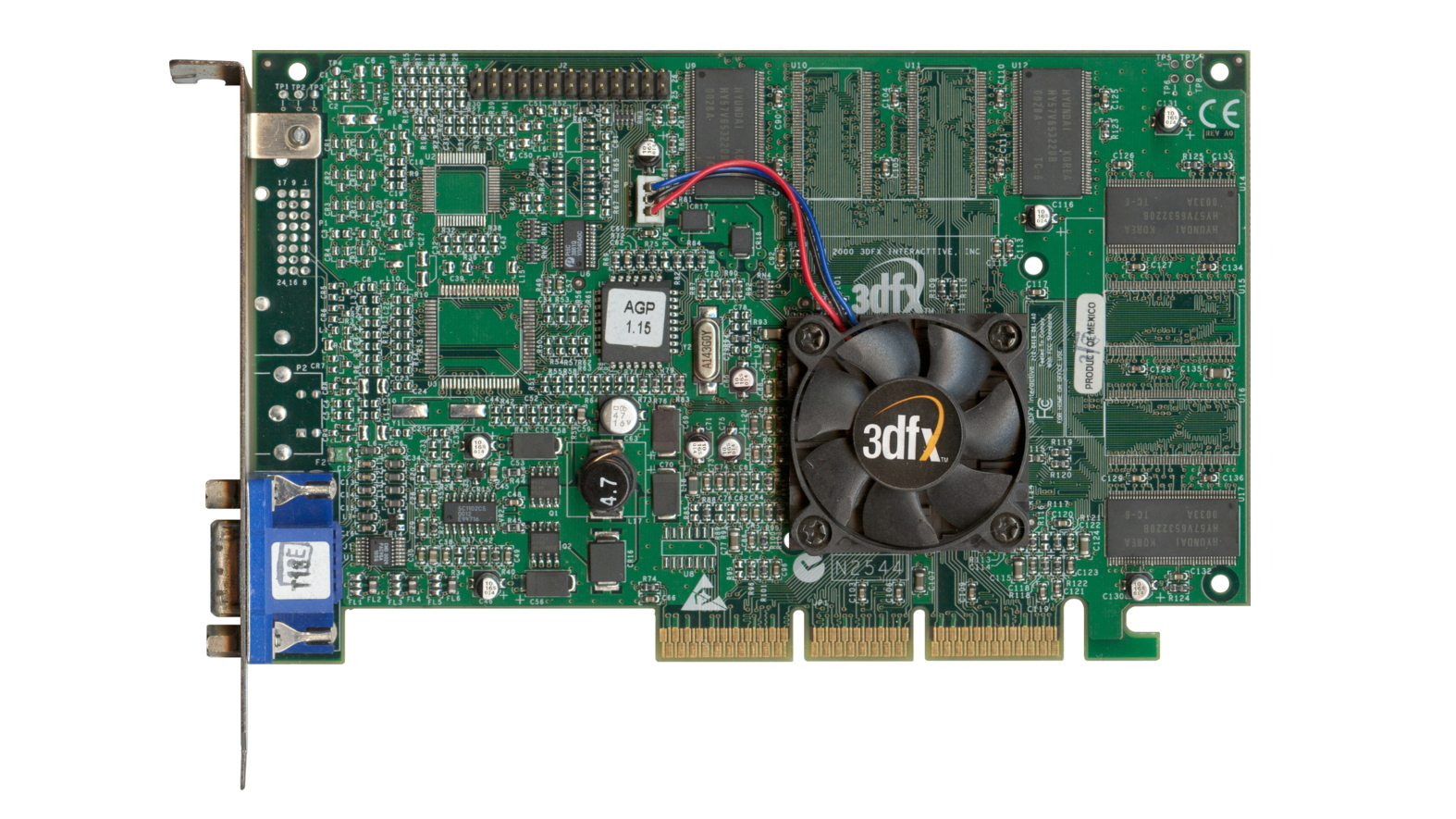
1. 3dfx Voodoo 4 4500
Specifications
The Voodoo 5 series of GPUs (of which, confusingly, the Voodoo 4 4500 is part of), is arguably why the once formidable 3dfx brand is no longer with us. All of the Voodoo 5 series GPUs had their issues, including some nasty thermal issues which shortened the lifespan of the GPUs. Many weren’t compatible with the popular motherboards of the time, either.
For the 3dfx Voodoo 4 4500, its fatal flaw was being a budget GPU that was both more expensive and performed worse than its main competitors, the GeForce2 MX and Radeon SDR.
The failure of the Voodoo 5 series led to 3dfx going bankrupt, with its old rival, Nvidia, sweeping in to buy up many of its assets at the end of 2000.
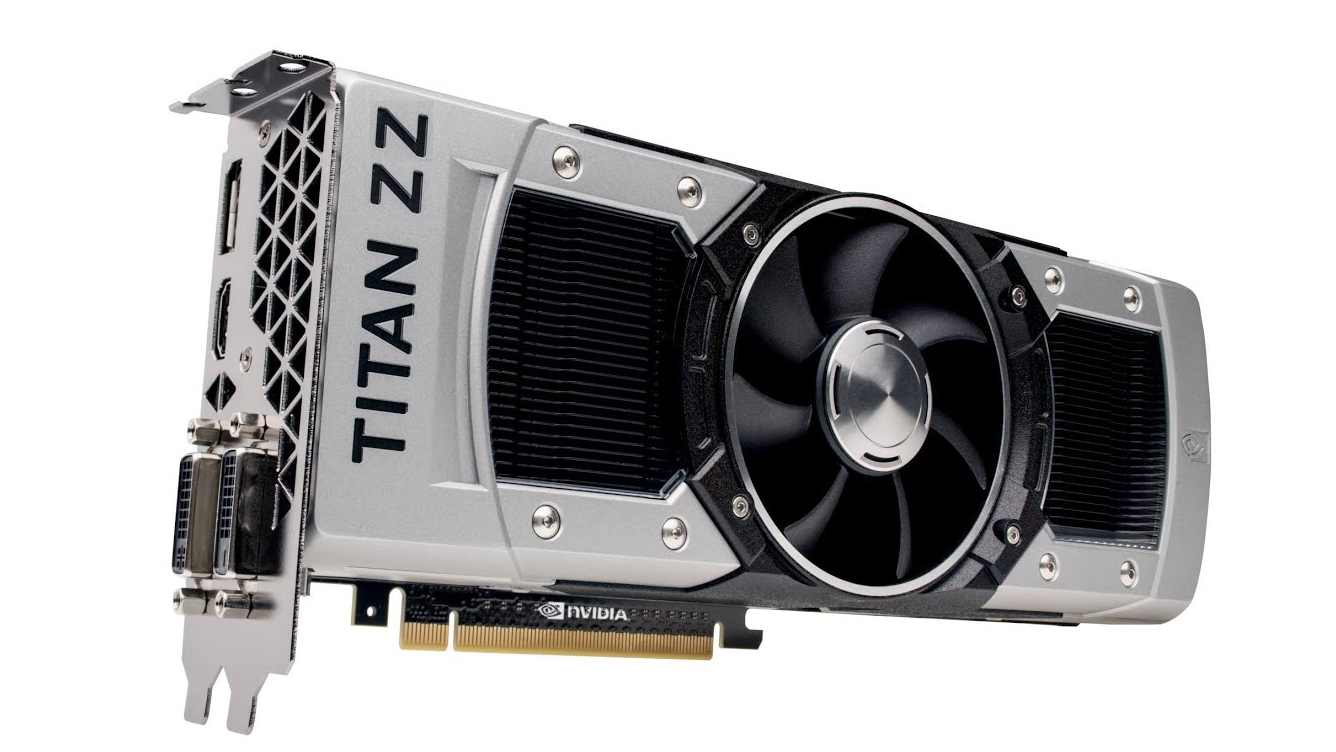
2. Nvidia GeForce GTX Titan Z
Specifications
Nvidia’s Titan range of GPUs are a funny old bunch. Often offering outrageous performance, they are also incredibly expensive, which means they are rarely worth buying for PC gamers. However, for creative professionals who need powerful GPUs for 3D animation and other intensive workloads, they can also be pretty good value.
Nvidia didn’t help itself with the marketing of the GeForce GTX Titan Z, however, by firmly pitching it as a gaming graphics card. However, its high price tag meant that gamers would be better off looking elsewhere. Its Kepler architecture aged quickly, even then, and not long after, it was outclassed by the much cheaper GTX 780 Ti.
It used a dual-GPU configuration, which brought compatibility issues. If a game didn’t support dual GPUs, the Nvidia GeForce GTX Titan Z would then be hobbled, often falling behind cheaper GPUs when it came to performance.
Fatally, its poor DirectX support meant that despite its high cost and decent specs, it’ll struggle to play modern games.
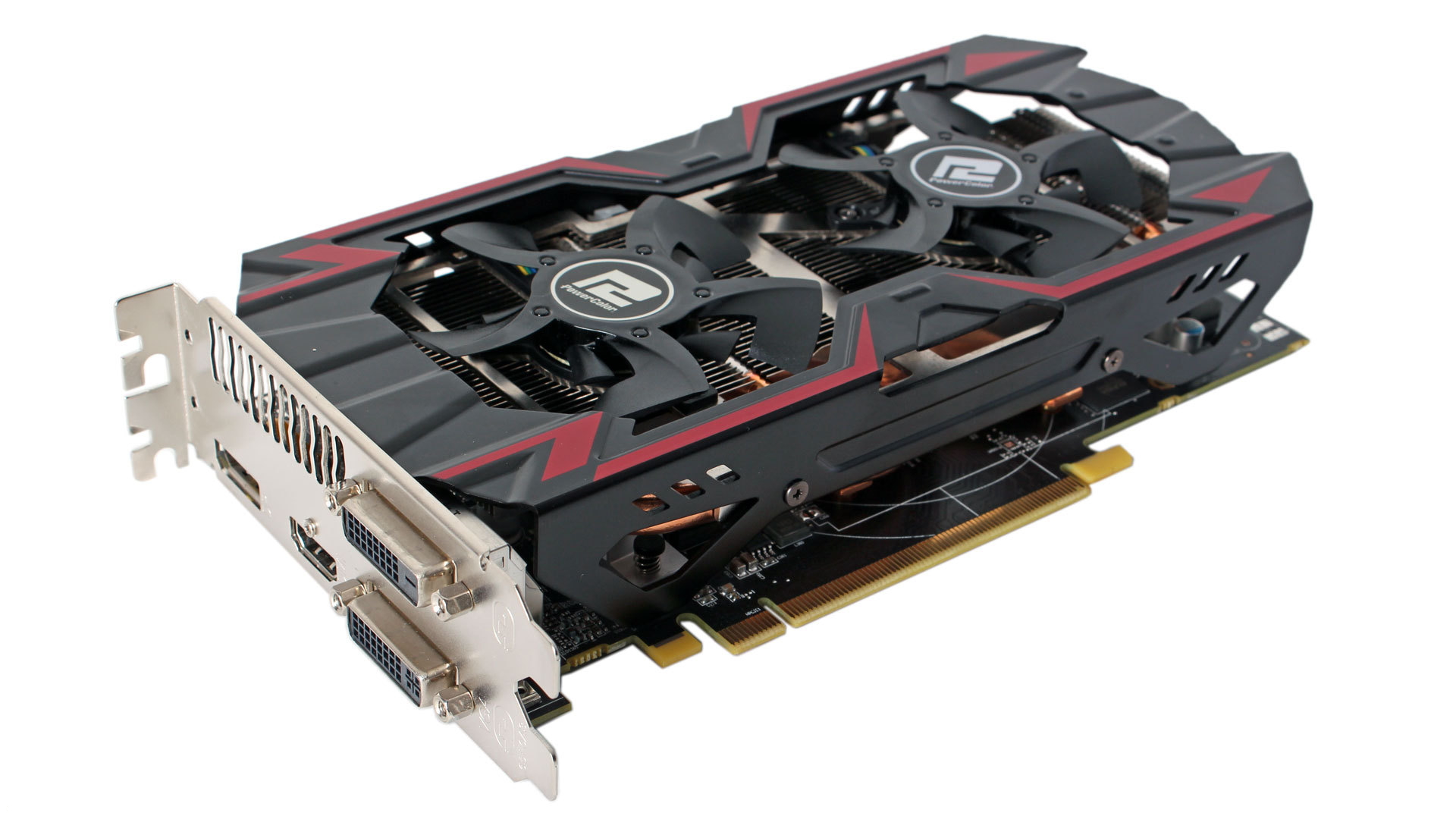
3. AMD R9 285
Specifications
While AMD often gets the balance between price and performance right, the AMD R9 285 shows it can also get it wrong. Very, very wrong. It launched with 2GB of memory, and while that wasn’t outrageously low back in 2014 for a budget GPU, it meant that this GPU quickly felt outdated.
Even worse, Nvidia released the GeForce GTX 970 around the same time, which offered a big leap in performance, while only being slightly more expensive. For PC gamers looking for value for money, there was no competition.

Matt is TechRadar's Managing Editor for Core Tech, looking after computing and mobile technology. Having written for a number of publications such as PC Plus, PC Format, T3 and Linux Format, there's no aspect of technology that Matt isn't passionate about, especially computing and PC gaming. He’s personally reviewed and used most of the laptops in our best laptops guide - and since joining TechRadar in 2014, he's reviewed over 250 laptops and computing accessories personally.